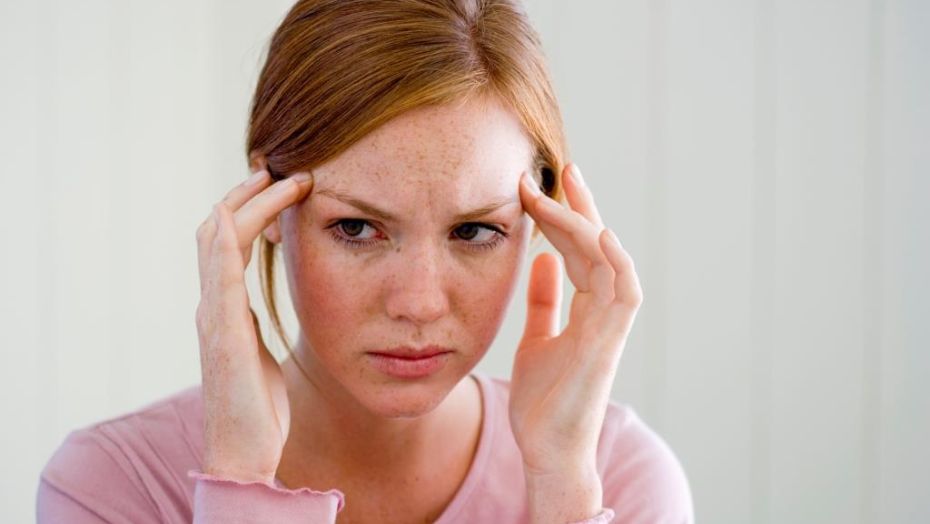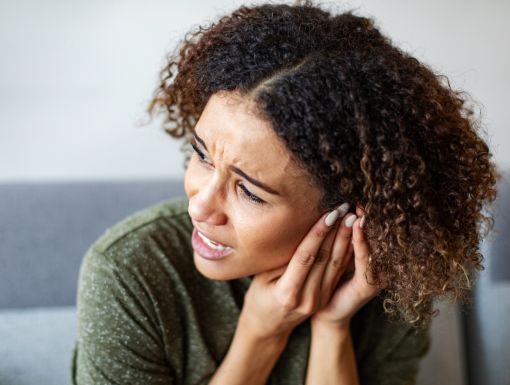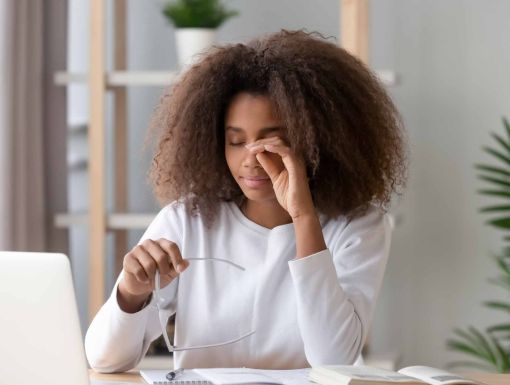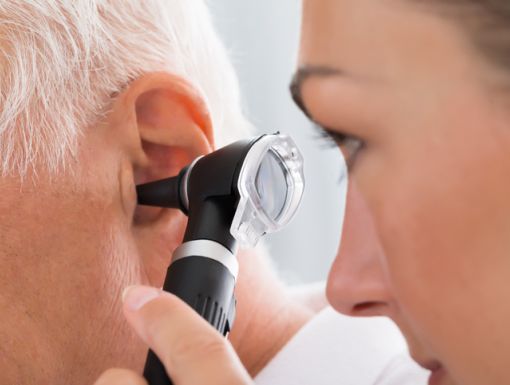
I Feel Like I Am Spinning: 5 Symptoms of Vertigo
We’ve all felt dizzy from time to time, and while dizzy spells are often nothing to be concerned about, a chronic feeling of spinning or imbalance could be a sign of vertigo. But what exactly is vertigo and how is it treated? While both dizziness and vertigo are considered balance problems, their symptoms can differ.
What is vertigo?
Vertigo is a sensation that the environment around you is spinning in circles and can sometimes be compared to motion sickness. The feeling may worsen when you stand, walk, change positions, or move your head. Vertigo can be scary but isn’t considered serious. On average, a bout of vertigo will only last several seconds or several minutes. In severe cases, people can experience vertigo for hours, days, or weeks. Peripheral vertigo is the most common and occurs as a result of a problem in the inner ear, or the vestibular nerve, which controls balance. Central vertigo occurs because of a problem in the brain and can be caused by a variety of conditions, including:
- Migraine
- Stroke
- Traumatic brain injury
- Infection
- Multiple sclerosis
What are the symptoms of vertigo?
One of the most common symptoms of vertigo is dizziness. It can make you feel like you’re spinning, rocking, or tilting. But there are several other symptoms to be aware of, such as:
- Nausea and vomiting
- Balance problems
- Tinnitus (a ringing in the ears)
- Headaches
- A feeling of fullness in the ear
What causes vertigo?
Several syndromes or conditions can result in vertigo. According to the American Academy of Family Physicians, the most common cause of vertigo is benign paroxysmal positional vertigo, or BPPV. This is typically triggered by a change in your head’s position. People with BPPV often experience vertigo when lying down, sitting up, or turning over in bed. Meniere’s disease can also trigger vertigo. This condition causes fluids to build up inside the ear. Meniere’s disease may also be accompanied by tinnitus, hearing loss, or a feeling of fullness in the ears.
If the inner ear becomes inflamed or infected, it’s called labyrinthitis. The ear labyrinth houses the vestibulocochlear nerve, which transmits information to the brain regarding sound, position and head motion. People with labyrinthitis often experience headaches, ear pain, vision changes, or hearing loss.
Vestibular neuritis, an inflammation of the vestibular nerve, can also cause vertigo and is similar to labyrinthitis, but it doesn’t impact your hearing. People with this condition may experience vertigo, nausea, or blurred vision. Repeated ear infections can cause a benign (noncancerous) skin growth to develop in the middle ear. This condition is referred to as cholesteatoma, and it can lead to dizziness, vertigo and hearing loss. Other factors can lead to vertigo attacks such as ear surgery, diabetes, certain medications and head injuries.
How is vertigo diagnosed?
Your doctor may perform a physical exam and ask you questions about your symptoms to help diagnose chronic vertigo. Your doctor may also gently move your head side to side while you focus on a stationary target, a spot on the wall, for example. This head motion will indicate how the inner ear balance system is working to help control your eye movements while your head is in motion. You may also be asked to close your eyes while standing with your feet together and your arms to your side to check for unsteadiness.
The good news is that vertigo and associated symptoms are treatable. If your vertigo is caused by an inner ear problem, physical therapy may help reduce symptoms and help to strengthen your other senses so they can compensate for bouts of vertigo. Medication can also be used to ease vertigo and symptoms like nausea, but it’s important to check with your doctor to see what course of action is best for you. For mild cases of vertigo, there are things you can do at home to reduce vertigo such as:
- Sleeping with your head elevated on two pillows
- Sitting down if you feel dizzy
- Squatting instead of bending over when picking something up
- Standing up slowly or moving slowly when turning your head



